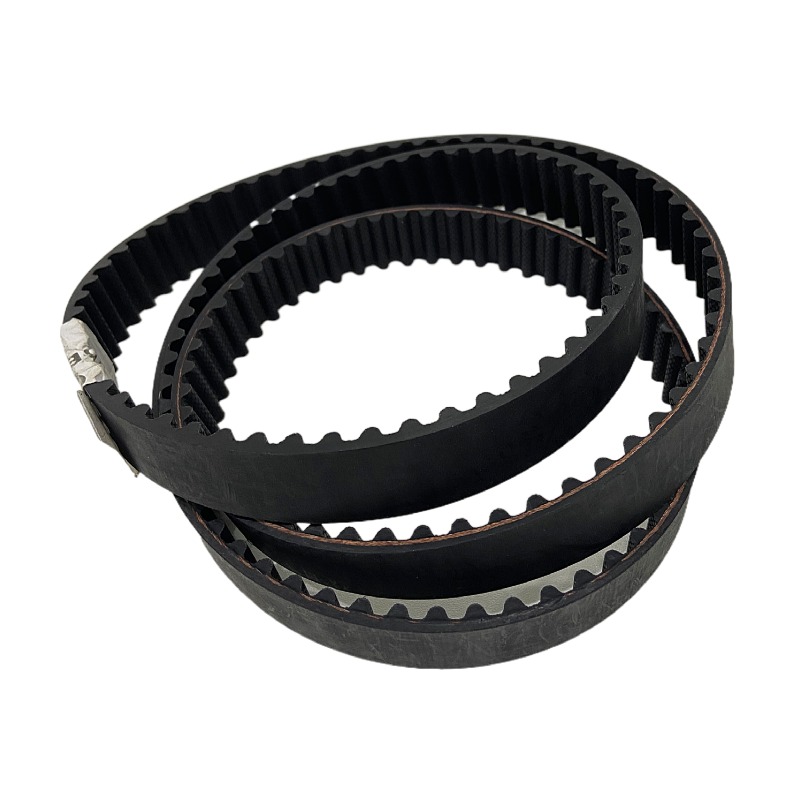- Arabic
- French
- Russian
- Spanish
- Portuguese
- Turkish
- Armenian
- English
- Albanian
- Amharic
- Azerbaijani
- Basque
- Belarusian
- Bengali
- Bosnian
- Bulgarian
- Catalan
- Cebuano
- Corsican
- Croatian
- Czech
- Danish
- Dutch
- Afrikaans
- Esperanto
- Estonian
- Finnish
- Frisian
- Galician
- Georgian
- German
- Greek
- Gujarati
- Haitian Creole
- hausa
- hawaiian
- Hebrew
- Hindi
- Miao
- Hungarian
- Icelandic
- igbo
- Indonesian
- irish
- Italian
- Japanese
- Javanese
- Kannada
- kazakh
- Khmer
- Rwandese
- Korean
- Kurdish
- Kyrgyz
- Lao
- Latin
- Latvian
- Lithuanian
- Luxembourgish
- Macedonian
- Malgashi
- Malay
- Malayalam
- Maltese
- Maori
- Marathi
- Mongolian
- Myanmar
- Nepali
- Norwegian
- Norwegian
- Occitan
- Pashto
- Persian
- Polish
- Punjabi
- Romanian
- Samoan
- Scottish Gaelic
- Serbian
- Sesotho
- Shona
- Sindhi
- Sinhala
- Slovak
- Slovenian
- Somali
- Sundanese
- Swahili
- Swedish
- Tagalog
- Tajik
- Tamil
- Tatar
- Telugu
- Thai
- Turkmen
- Ukrainian
- Urdu
- Uighur
- Uzbek
- Vietnamese
- Welsh
- Bantu
- Yiddish
- Yoruba
- Zulu
12월 . 10, 2024 02:29 Back to list
Understanding the Function and Importance of Car Transmission Belts in Vehicles
Understanding Car Transmission Belts An Essential Component of Your Vehicle
The transmission belt is a crucial component of a car's engine system, playing an instrumental role in the vehicle's performance and efficiency. Also known as the serpentine belt or drive belt, it is responsible for transferring power from the engine to various components, such as the alternator, power steering pump, water pump, and air conditioning compressor. Understanding how these belts function and the importance of maintaining them can contribute significantly to vehicle reliability and longevity.
The Role of the Transmission Belt
At its core, the transmission belt serves as a link between the engine and multiple accessory components that require power to function. When the engine runs, the belt rotates and drives these accessories through a series of pulleys. This power transfer is essential because it enables these components to perform their respective functions, which are vital for the overall operation of the vehicle.
For instance, the alternator charges the battery, the power steering pump assists with steering efforts, the water pump circulates coolant to prevent overheating, and the air conditioning compressor ensures a comfortable climate within the vehicle. Without a properly functioning transmission belt, these systems could fail, leading to a drastic impact on the vehicle's performance and driver experience.
Types of Transmission Belts
There are primarily two types of belts used in modern vehicles V-belts and serpentine belts. V-belts were once the standard in older car models, characterized by their V-shaped cross-section, which allows better grip on the pulleys. However, the serpentine belt has gained prominence due to its efficiency and compact design. A serpentine belt is a single, continuous belt that can drive multiple components, which reduces weight and space in the engine compartment.
The transition to serpentine belts also means fewer tensioners and pulleys, leading to lower maintenance requirements and a reduced chance of failure. Additionally, serpentine belts usually feature a built-in tensioner that automatically adjusts the belt's tension, ensuring optimal performance without manual intervention.
car transmission belt

Signs of Wear and Tear
Like any component, transmission belts are prone to wear and tear over time. Several signs indicate that a belt may need replacement. Drivers should look out for fraying, cracks, or any signs of glazing on the belt's surface. Additionally, if a squealing noise emanates from the engine during startup or while driving, it may be a sign of a loose or worn-out belt.
Ignoring these signs can lead to severe consequences, including the failure of critical engine components. Therefore, regular inspections and timely replacement of the transmission belt are essential to prevent unexpected breakdowns and costly repairs.
Maintenance Tips
To ensure your transmission belt remains in good condition, routine maintenance is crucial. Most manufacturers recommend inspecting the belt every 30,000 miles or during regular service intervals. It's also wise to monitor other connected components, such as pulleys and tensioners, for signs of wear, as problems in these areas can also affect belt performance.
Another key aspect of maintenance is paying attention to the vehicle's cooling system. An overheated engine can deteriorate the rubber material of the belt, leading to premature failure. Regular coolant checks and ensuring the engine runs at optimal temperatures can help extend the life of the transmission belt.
Conclusion
In summary, the transmission belt is an indispensable element of a vehicle that contributes to its overall functionality and efficiency. Understanding its role, recognizing signs of wear, and adhering to regular maintenance can help ensure the longevity and reliability of your vehicle. By prioritizing the care of this crucial component, drivers can enjoy a smoother, safer driving experience for years to come.
-
Korean Auto Parts Timing Belt 24312-37500 For Hyundai/Kia
NewsMar.07,2025
-
7PK2300 90916-T2024 RIBBED BELT POLY V BELT PK BELT
NewsMar.07,2025
-
Chinese Auto Belt Factory 310-2M-22 For BMW/Mercedes-Benz
NewsMar.07,2025
-
Chinese Auto Belt Factory 310-2M-22 For BMW/Mercedes-Benz
NewsMar.07,2025
-
90916-02660 PK Belt 6PK1680 For Toyota
NewsMar.07,2025
-
drive belt serpentine belt
NewsMar.07,2025

